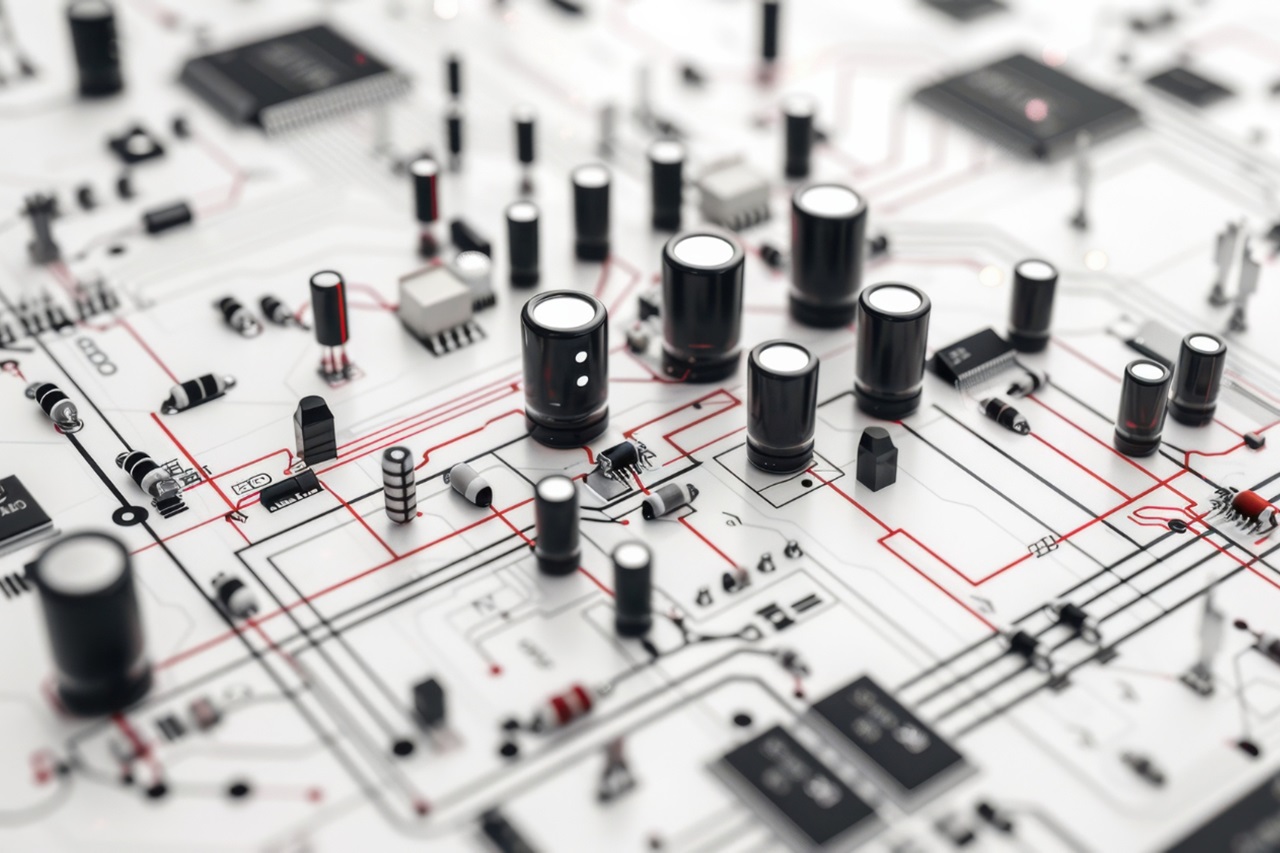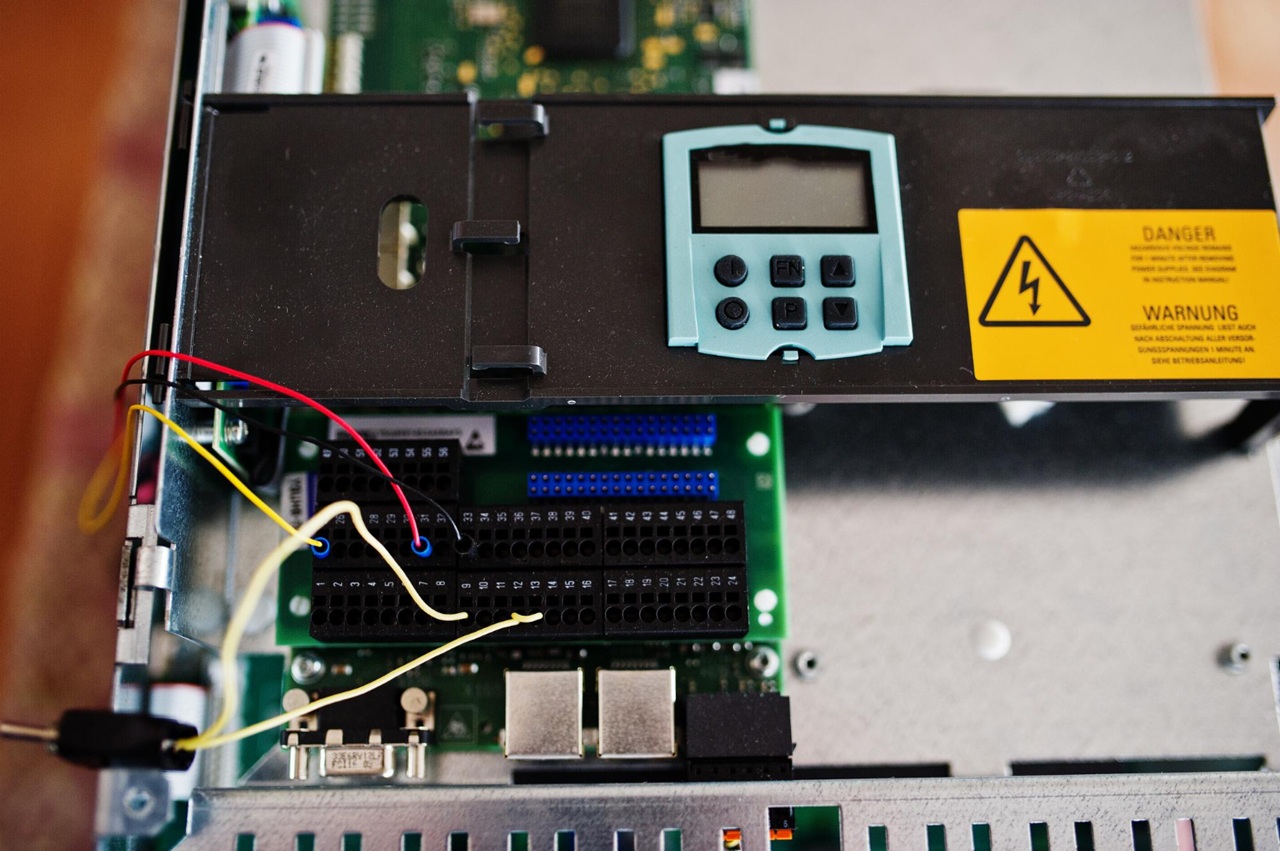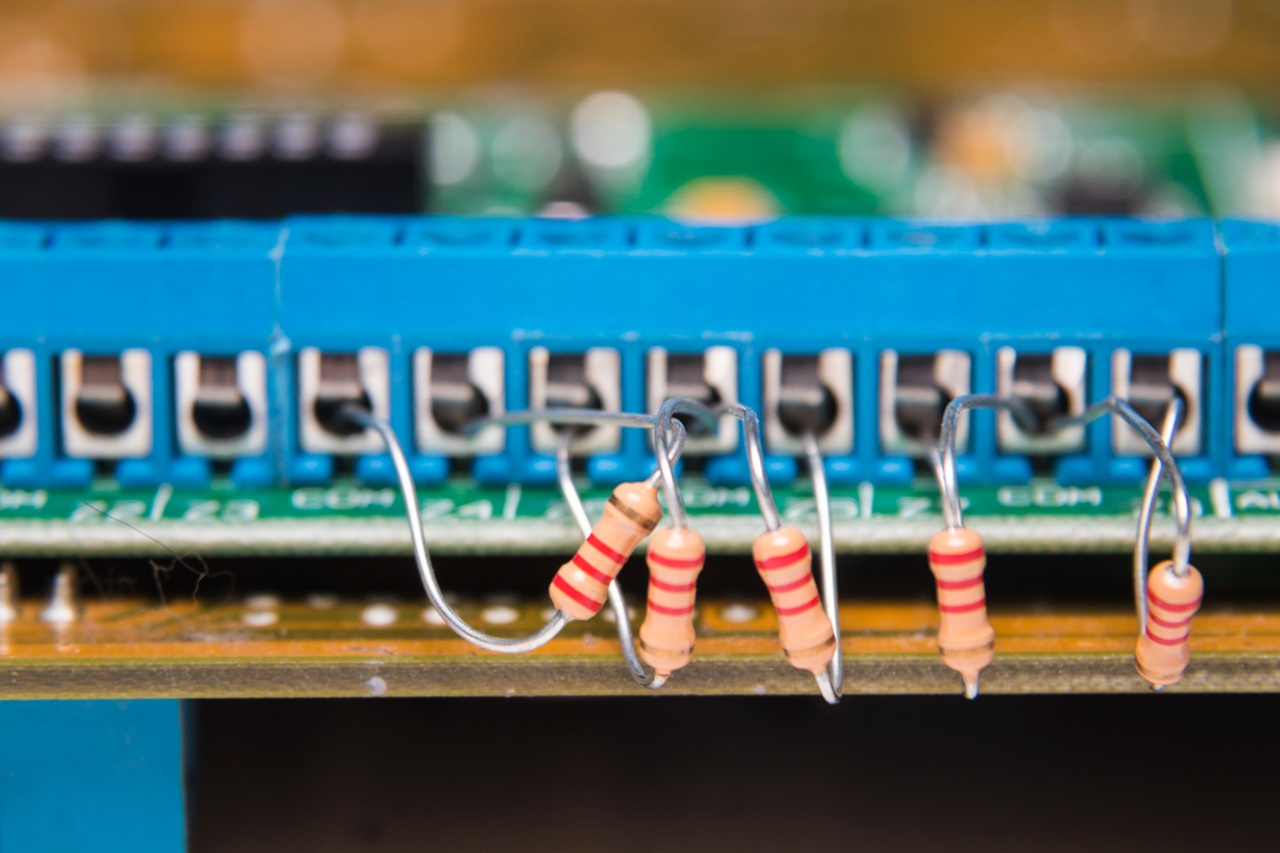Understanding Schematics: Reading Circuit Diagrams Made Easy
For anyone venturing into the world of electronics, circuit diagrams—or schematics—can feel like deciphering a secret code. All those squiggly lines, symbols, and arrows might seem intimidating at first, but with a little guidance, you’ll soon be reading schematics like a pro.
Think of a schematic as a map for building and understanding electronic circuits. Just like you wouldn’t set out on a road trip without a GPS or a map, you wouldn’t build a circuit without a schematic. In this post, I’ll break down the essentials of reading circuit diagrams in a simple, approachable way.
What Is a Schematic?
A schematic is a graphical representation of an electronic circuit. It shows the components, connections, and how current flows through the system. Unlike a physical layout, which depicts how components are arranged on a circuit board, a schematic focuses on functionality.
When I first looked at a schematic, I was overwhelmed by the symbols and lines. But after learning what each symbol represented, it started to click—like learning the alphabet before forming words.
Why Learn to Read Schematics?
- Build Circuits with Confidence: Schematics are like blueprints, guiding you step-by-step.
- Troubleshoot Effectively: Understanding a schematic helps you pinpoint where things might be going wrong.
- Modify and Create: Once you’re comfortable with schematics, you can tweak existing designs or create your own.
Breaking Down a Schematic
Let’s start with the basic building blocks:
1. Symbols for Components
Every component in a circuit has a unique symbol in a schematic. Here are the most common ones:
- Resistor: A zigzag line or a rectangle. Resistors control the flow of current.
- Capacitor: Two parallel lines (sometimes one curved). Capacitors store and release energy.
- Diode: A triangle pointing to a line. Diodes allow current to flow in one direction only.
- LED (Light Emitting Diode): A diode symbol with arrows pointing outward to indicate light emission.
- Transistor: A combination of lines and curves. Transistors amplify or switch electrical signals.
- Ground: A line with three horizontal lines stacked below it. It represents the reference point for the circuit.
Tip: Keep a reference chart handy when starting out. Over time, you’ll memorize these symbols naturally.
2. Lines and Connections
- Wires: Straight lines represent wires connecting components.
- Dots: Where two wires intersect, a dot indicates a connection. If there’s no dot, the wires are crossing but not connected.
- Junctions: Multiple wires meeting at one point form a junction, often marked with a dot.
Pro Tip: I once misread a schematic because I overlooked a dot at an intersection. Double-checking connections can save you from hours of troubleshooting.
3. Power and Ground
- Power Supply: Represented by a symbol for a battery or a voltage source. Look for labels like Vcc or +5V to know the supply voltage.
- Ground (GND): The return path for current, often depicted at the bottom of a schematic.
4. Current Flow
Schematics show how current flows through the circuit. While electrons move from negative to positive, schematics typically follow conventional current flow (positive to negative). Arrows on diodes, transistors, or other components help visualize this flow.
How to Read a Schematic
Now that you know the basics, let’s walk through the process of reading a schematic:
Step 1: Identify the Power Source
Locate the battery or voltage source. This is the starting point for current flow.
Step 2: Follow the Path
Trace the lines from the power source, noting how the current moves through each component. Start simple—identify one path at a time.
Step 3: Understand Component Roles
Pause at each component and think about its role in the circuit. For example:
- A resistor limits current.
- A capacitor might smooth out voltage fluctuations.
- A diode ensures current flows in only one direction.
Step 4: Check Connections
Pay attention to junctions and intersections. Verify whether wires are connected or crossing over without interaction.
Step 5: Annotate the Diagram
Many schematics include annotations, like resistance values (e.g., 1kΩ for a resistor) or voltage ratings (e.g., 5V). These details are crucial for assembling the circuit correctly.
Example: Simple LED Circuit
Let’s break down a basic LED circuit schematic:
- Power Source: A 9V battery symbol provides the circuit’s energy.
- Resistor: A resistor (marked 330Ω) is placed in series to limit the current.
- LED: The LED symbol shows a diode with arrows indicating light emission.
- Ground: The ground symbol completes the circuit, allowing current to flow back to the battery.
When I built this circuit for the first time, I was thrilled to see the LED light up. It’s a small project but a big confidence booster for beginners.
Tips for Success
- Start with Simple Schematics: Begin with basic circuits, like an LED or a buzzer, to build your confidence.
- Practice Regularly: The more schematics you read, the more familiar you’ll become with symbols and layouts.
- Use Online Tools: Websites like Tinkercad or CircuitLab let you simulate schematics before building them.
- Ask for Help: Forums like Reddit’s r/Electronics or Stack Exchange are great places to seek advice.
- Don’t Overthink: Remember, every expert was once a beginner. It’s okay to make mistakes and learn as you go.
Common Mistakes to Avoid
- Skipping Component Values: Always double-check resistor values, capacitor ratings, and other annotations.
- Misinterpreting Dots: Ensure you understand whether wires are connected or just crossing.
- Ignoring Polarities: Components like diodes and electrolytic capacitors are polarized—installing them backward can damage your circuit.
A Personal Reflection
When I first started learning schematics, I often felt overwhelmed. But I treated each diagram like a puzzle, solving it piece by piece. Over time, the symbols and connections started making sense, and I could “see” the circuit come to life in my mind before building it.
One of my proudest moments was designing a custom LED light strip for my desk. It was a simple project, but reading and modifying the schematic made me feel like an engineer.
Final Thoughts
Reading schematics is a fundamental skill for anyone interested in electronics. It’s the key to understanding, building, and troubleshooting circuits. While it might seem daunting at first, practice and patience will transform those once-mysterious diagrams into clear, logical guides.
So, grab a schematic, a cup of coffee, and start exploring. With each circuit you build, you’ll gain confidence and unlock new possibilities in your electronics journey.
Happy tinkering!




Post Comment